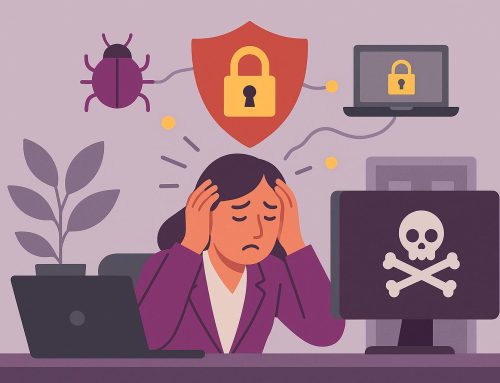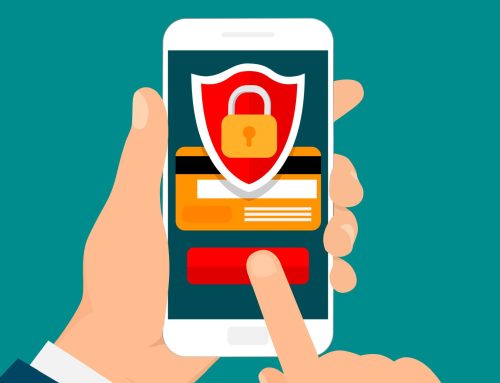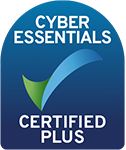Maintaining relationships with other businesses is essential in modern business. From vendors and suppliers to contractors and partners, businesses must maintain strong relationships with a wide variety of companies in order to stay efficient and competitive. However, interaction with external entities has a number of risk factors, too, including cybersecurity vulnerabilities, financial instability, operational disruptions, or reputational damage. This is known as third-party risk.
Third-party risk is unavoidable due to the increasing reliance of companies on each other. It is how a company manages these risks that matters. In the financial services sector, data privacy, regulatory compliance, and operational integrity are paramount, making effective third-party risk management especially critical in the financial industry.
Effectively Managing Third-Party Risk
Effective management of third-party risk is crucial in the financial sector: it protects the company against cybersecurity threats, ensures regulatory compliance, safeguards the company’s reputation, and reduces financial risk.
Managing third-party risk in the financial services sector requires a structured and proactive approach due to the industry’s heavy regulation and compliance rules, sensitivity of data, and dependence on secure and stable operations. To help you with this, we have collated our best guidance.
Regulation
Stay up to date with the latest rules about third-party risks. This will help you to spot any gaps in your own processes and understand where you need to focus your efforts.
Identify and Prioritise Risks
Take time to look at where third-party relationships could impact your business. Review these risks regularly so you stay ahead of any potential problems.
Clear Contracts
Make sure contracts clearly spell out who’s responsible for what. They should cover how data and systems are accessed, kept secure, and what happens when the contract ends.
Sturdy Controls
Set clear company-wide rules for managing third-party risk. Use tools to keep an eye on third parties in real time so you can quickly spot and fix any issues.
Thorough Checks
Carry out proper checks before bringing in a new third party and continue to check them regularly including looking at their security, running tests, and reviewing their policies.
Data Protection
Set rules for how data is shared, stored, and safely destroyed. Use encryption and other tools to keep your sensitive information safe, especially with cybercrime on the rise.
Backup Plans
Create backup plans to keep the business running if a third party has problems. Test these plans often to ensure you’re prepared to act quickly in a crisis.
Team Training
Everyone in the business should understand how to manage third-party risk. Keep training up to date and update your approach as things change.
For more information on this subject, read out previous blog on supply chain cyber attacks.








